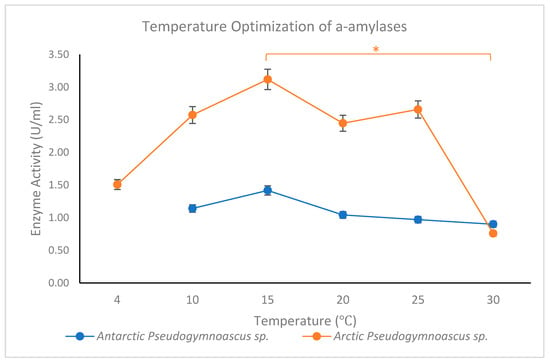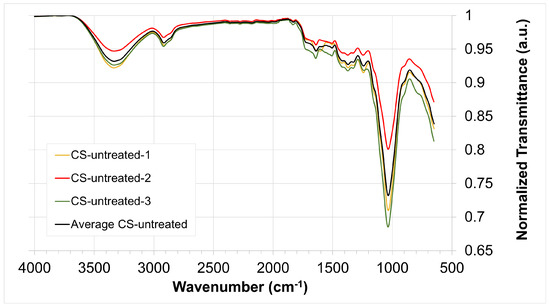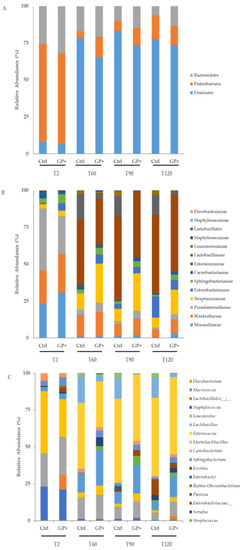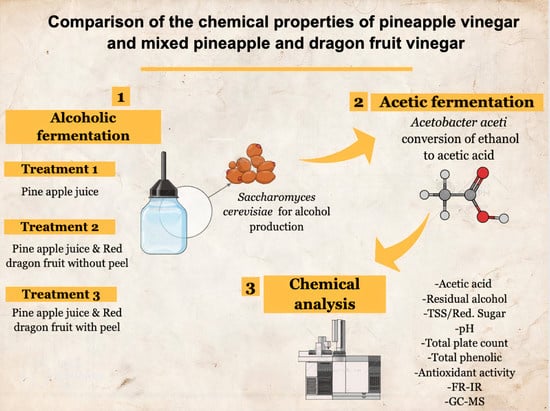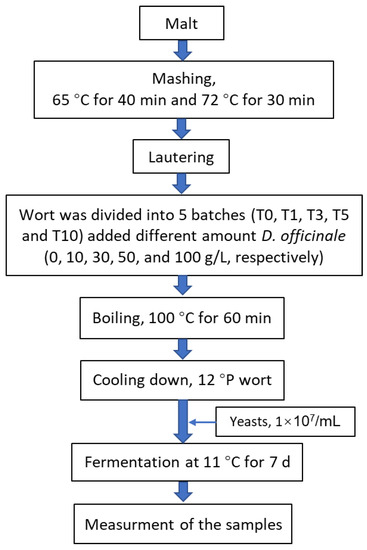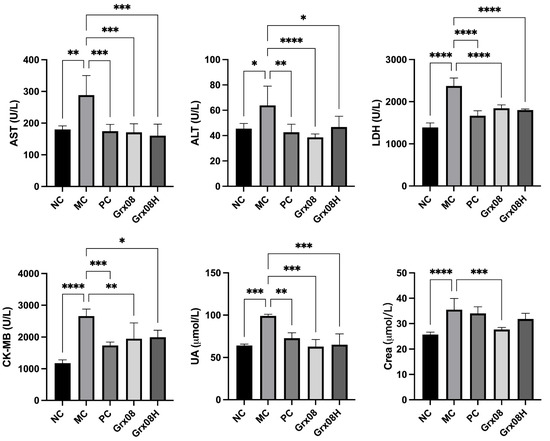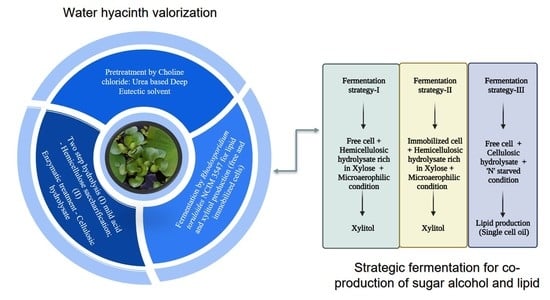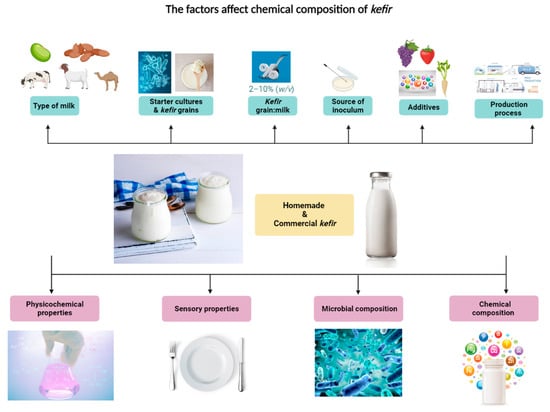Fermentation 2022, 8(11), 603; https://doi.org/10.3390/fermentation8110603 - 4 Nov 2022
Cited by 4 | Viewed by 7729
Abstract
Fermentation is one of the world’s oldest techniques for food preservation, nutrient enhancement, and alcohol manufacturing. During fermentation, carbohydrates such as glucose and starch are converted into other molecules, such as alcohol and acid, anaerobically through enzymatic action while generating energy for the
[...] Read more.
Fermentation is one of the world’s oldest techniques for food preservation, nutrient enhancement, and alcohol manufacturing. During fermentation, carbohydrates such as glucose and starch are converted into other molecules, such as alcohol and acid, anaerobically through enzymatic action while generating energy for the microorganism or cells involved. Black tea is among the most popular fermented beverages; it is made from the dried tea leaves of the evergreen shrub plant known as Camellia sinensis. The adequate consumption of black tea is beneficial to health as it contains high levels of flavanols, also known as catechins, which act as effective antioxidants and are responsible for protecting the body against the development of illnesses, such as inflammation, diabetes, hypertension, cancer, and obesity. The prevalence of obesity is a severe public health concern associated with the incidence of various serious diseases and is now increasing, including in Malaysia. Advances in ‘omic’ research have allowed researchers to identify the pivotal role of the gut microbiota in the development of obesity. This review explores fermented black tea and its correlation with the regulation of the gut microbiota and obesity.
Full article
(This article belongs to the Special Issue Plant-Based Fermented Foods and Civilization Diseases)
►
Show Figures


